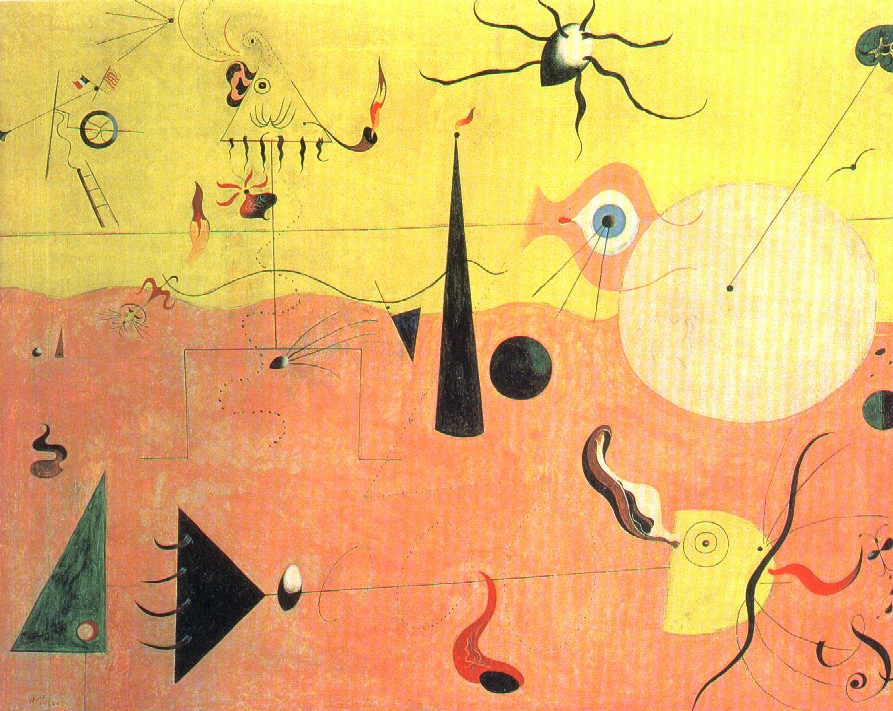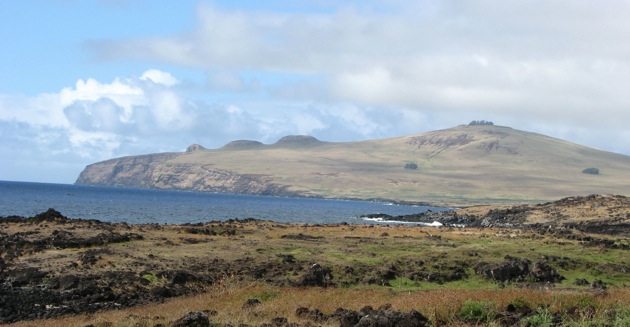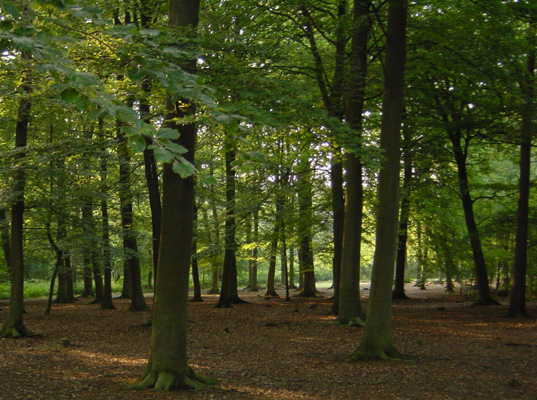 Environmental
Science
Environmental
ScienceNavigating the site:
"Everything is hitched to everything else."
John Muir, 1890s.
G. Tyler Miller, Environmental Science,
Tenth Edition, Pacific Grove, Ca.: Thomson/BrooksCole Publishing, 2004.
Science is understanding Systems of Matter and Energy.
What do you see in the painting below?
Catalan Landscape, by J. Miro
Rapa Nui, South Pacific
How, in so many ways, is Easter Island a metaphor that may indicate our relation to the Earth?
Miller uses the story or Rapa Nui, or Easter Island to grasp the importance of environmental science in understanding systems that sustain human endeavors.
Which systems in ecology sustain life?
What was the role of trees in sustaining the culture?
Three basic scientific laws of matter and thermodynamics
• Conservation of matter: material is neither created nor destroyed.
• First Law of Thermodynamics: Energy can neither be created nor destroyed. Increasing entropy always happens because energy is never made nor ever eradicated, but changes into heat!
• Second Law of Thermodynamics: No transformation of energy from one form into another is ever completely efficient. Energy inefficiency means that you can't make energy, only use it, before it dissipates and degrades into random movement or disorder that we call infrared radiation, long-wave radiation, or heat.
Systems and feedback loops
related parts that work together due to incoming -outgoing and intervening processes removing wastes to facilitate by-products of a functioning operation, based on feedback.
feedback loops (Miller, pp. 49-50.)
Positive feedback - reinforces the initial condition
Negative feedback - counters the initial condition
both negative feedback and positive feedback are necessary for a functionally integrated and productive system.
All functional integrity is based on feedback loops.
For example this Earth.
The Earth is a rare planet we do not understand:
Water planet: 70% of the surface is covered by seas!
arable land is sparse: farming and grazing land is key.
atmospheric disequilibrium: redox potential, oxidation.
optimal level of oxygen:
18% anaerobic : 25% combustion
acid - base imbalance
optimization, too many H ions or too few inhibits life.
Population, energy & resources ratios:
P * E / R –E (squared)
[net-energy, or residual useful energy; Miller, 481-482.]
Forces,flows and feedback: Gregory Bateson and the model of reality.
Environmental Science, material and physical forces have limits.
"Dependent causes create a chain of events.”
Force is equal to mass times velocity.
F = M*V
What is the difference between physical and chemical changes?
Freezing and thawing versus carbon forming carbon dioxide. p. 56.
Lightning storm is an example of both forms of change:
The shearing of the wind generates an electromagnetic potential that leads to electrical discharges. By generating static electricity that strikes from the cloud to the ground (physical) lightning and thunder reveal the power of shifting air masses.
The force of the electrical current changes nitrogen in the air from an inert inorganic compound to an organic compound usable by organisms.
Comprehending what your read interpret (translate) all of these terms as they are fundamental to creating a sustainable condition:
- Feedback
- Systems
- Forces
- Laws of Thermodynamics
sustainable: a restrained use of resources now for future needs
worldview: seeing the parts: Bateson's Answers
* * *





